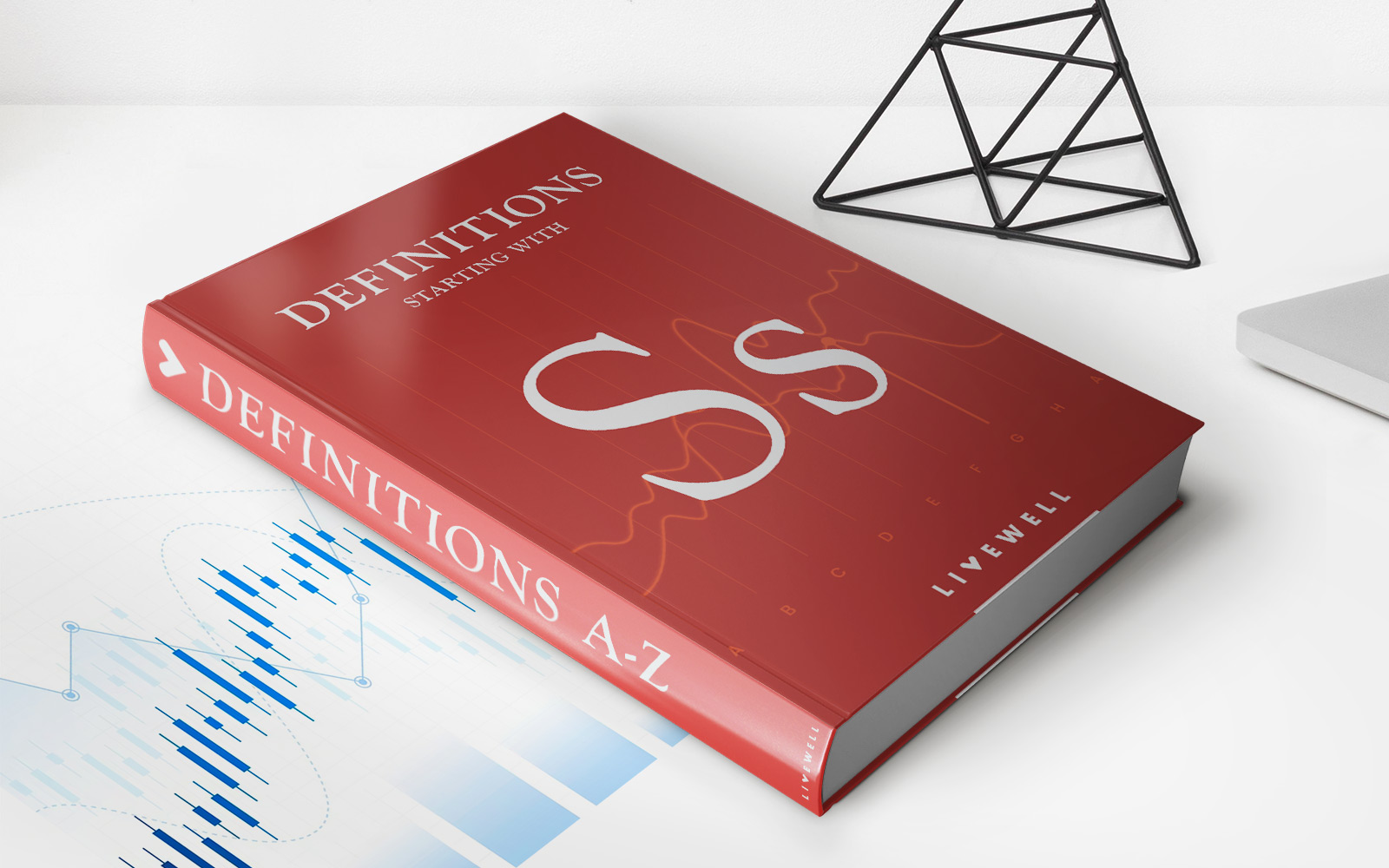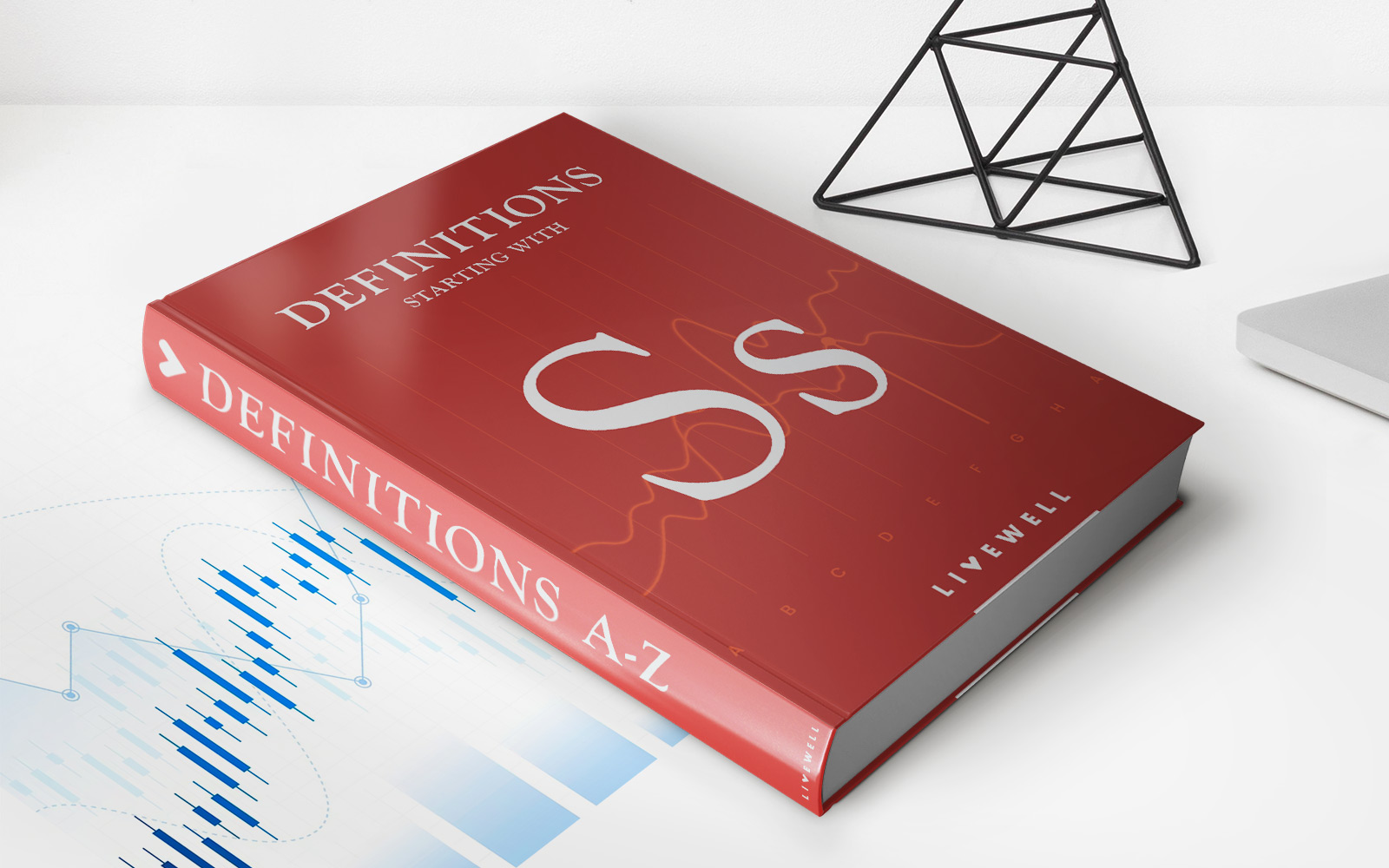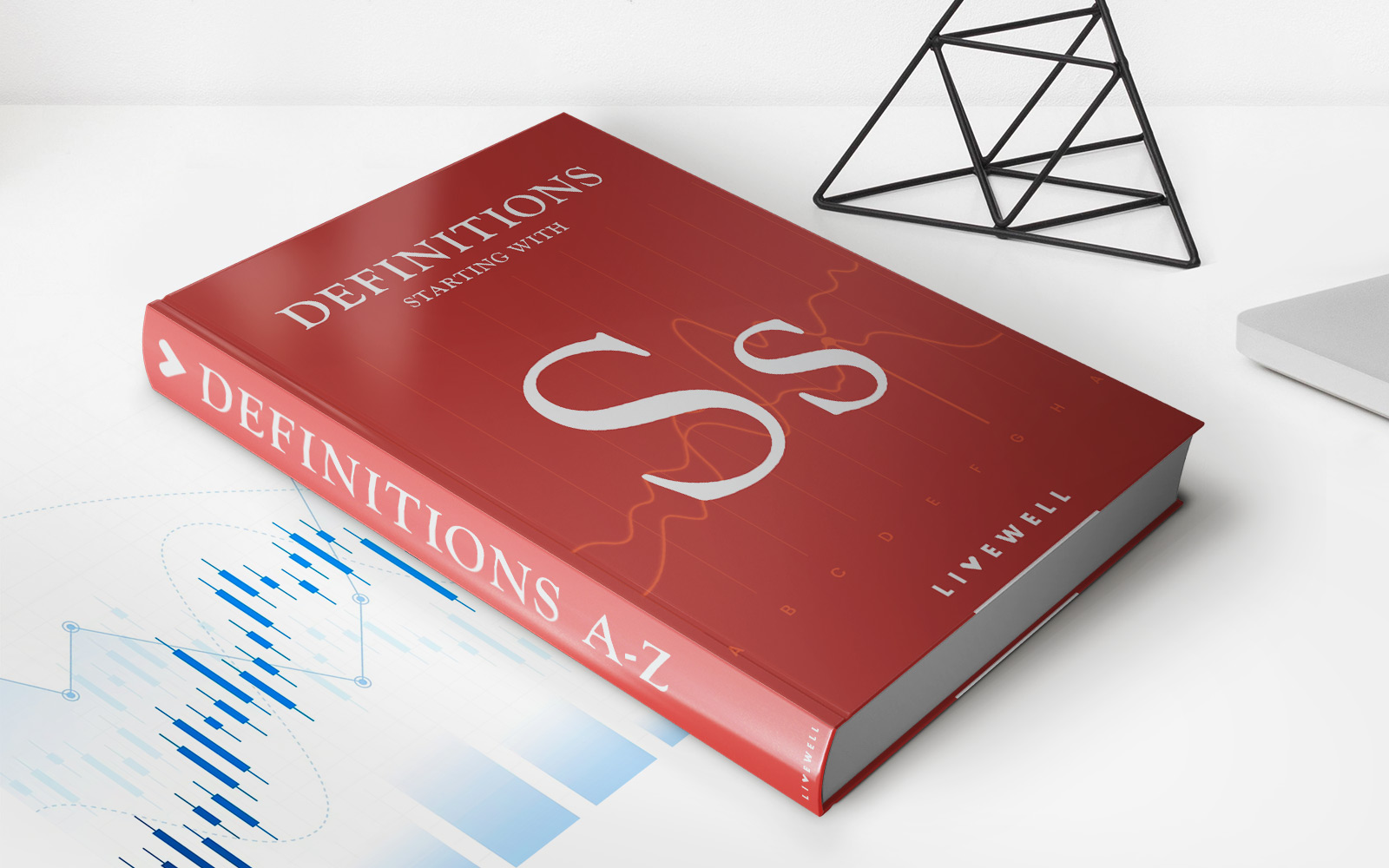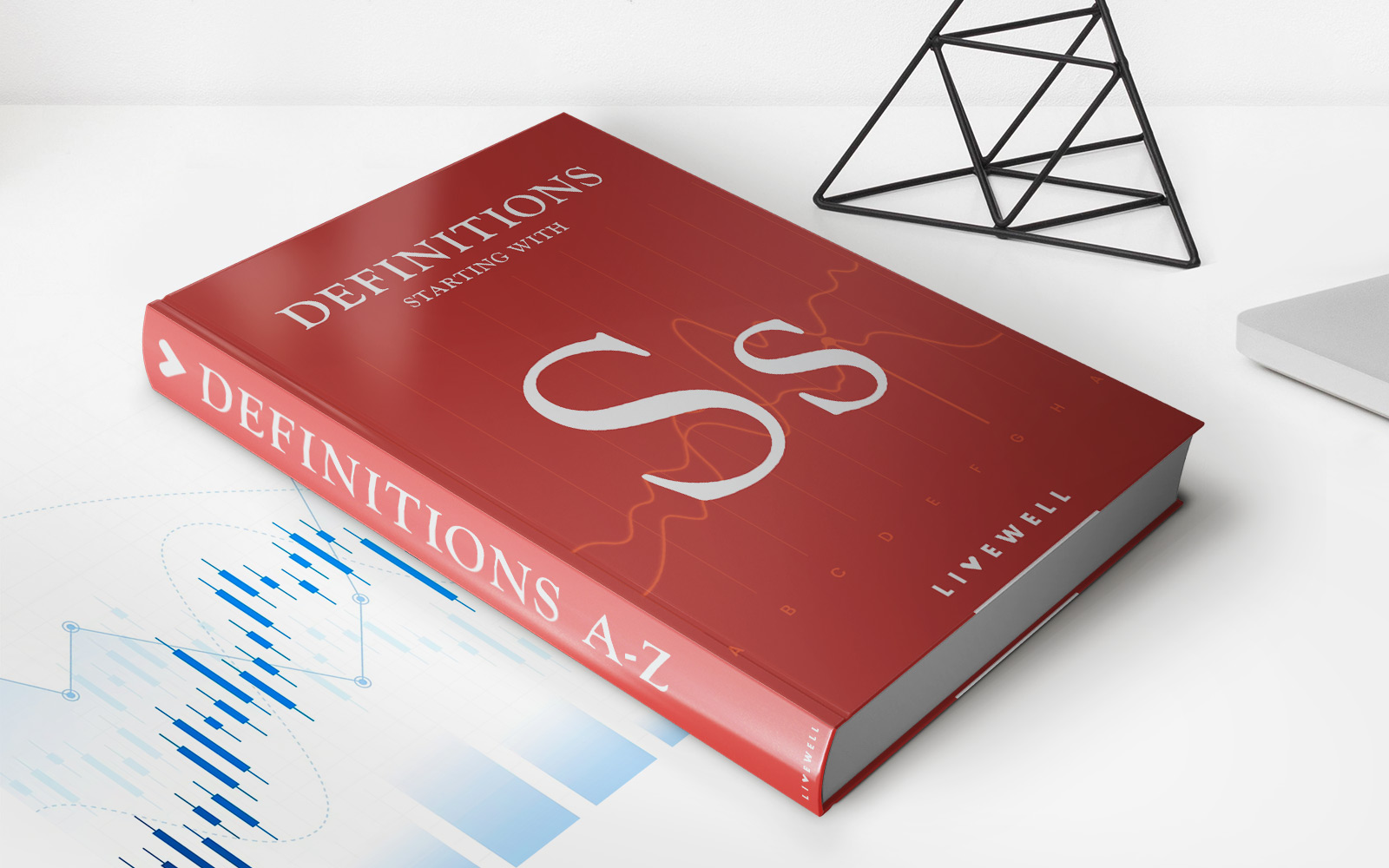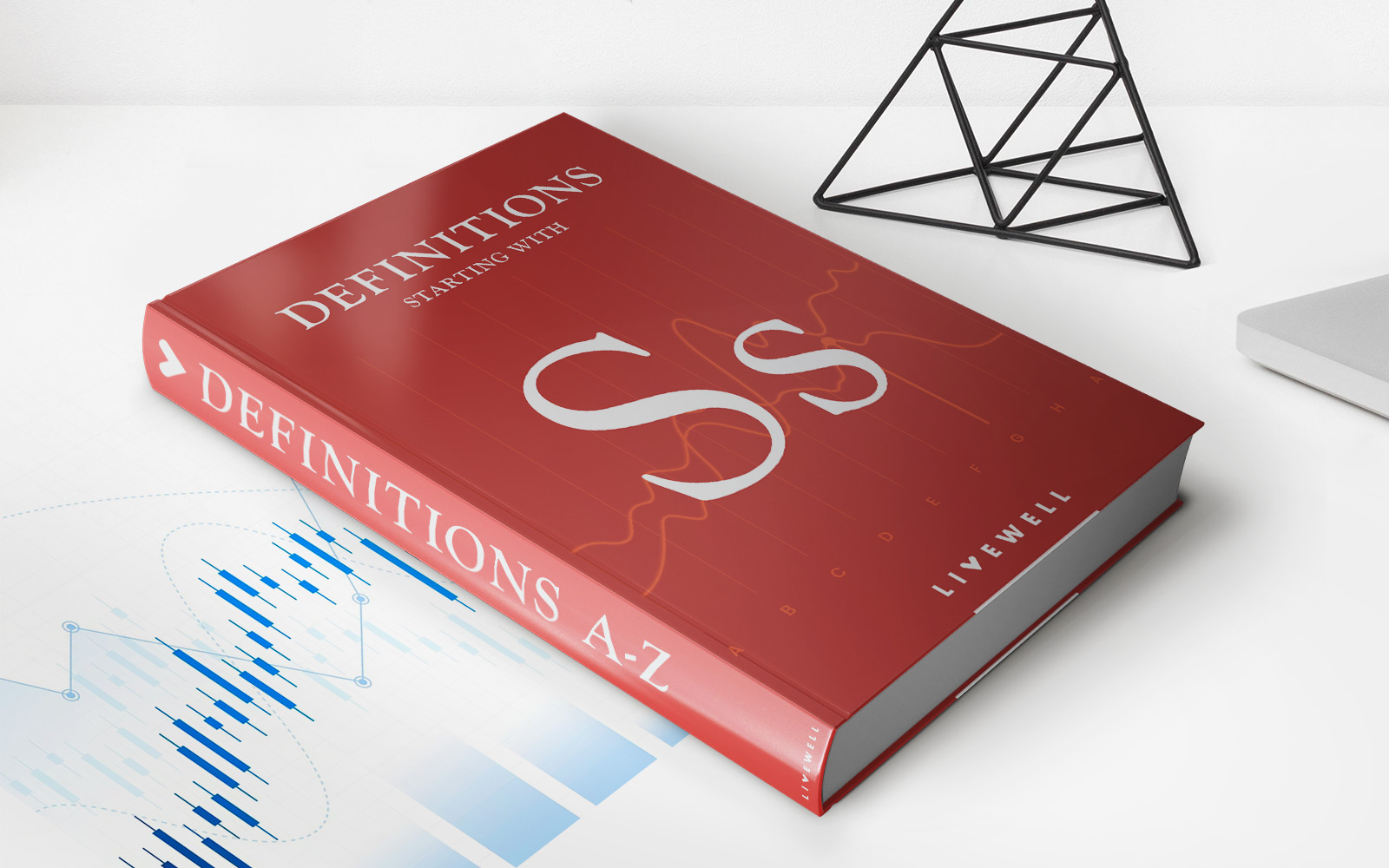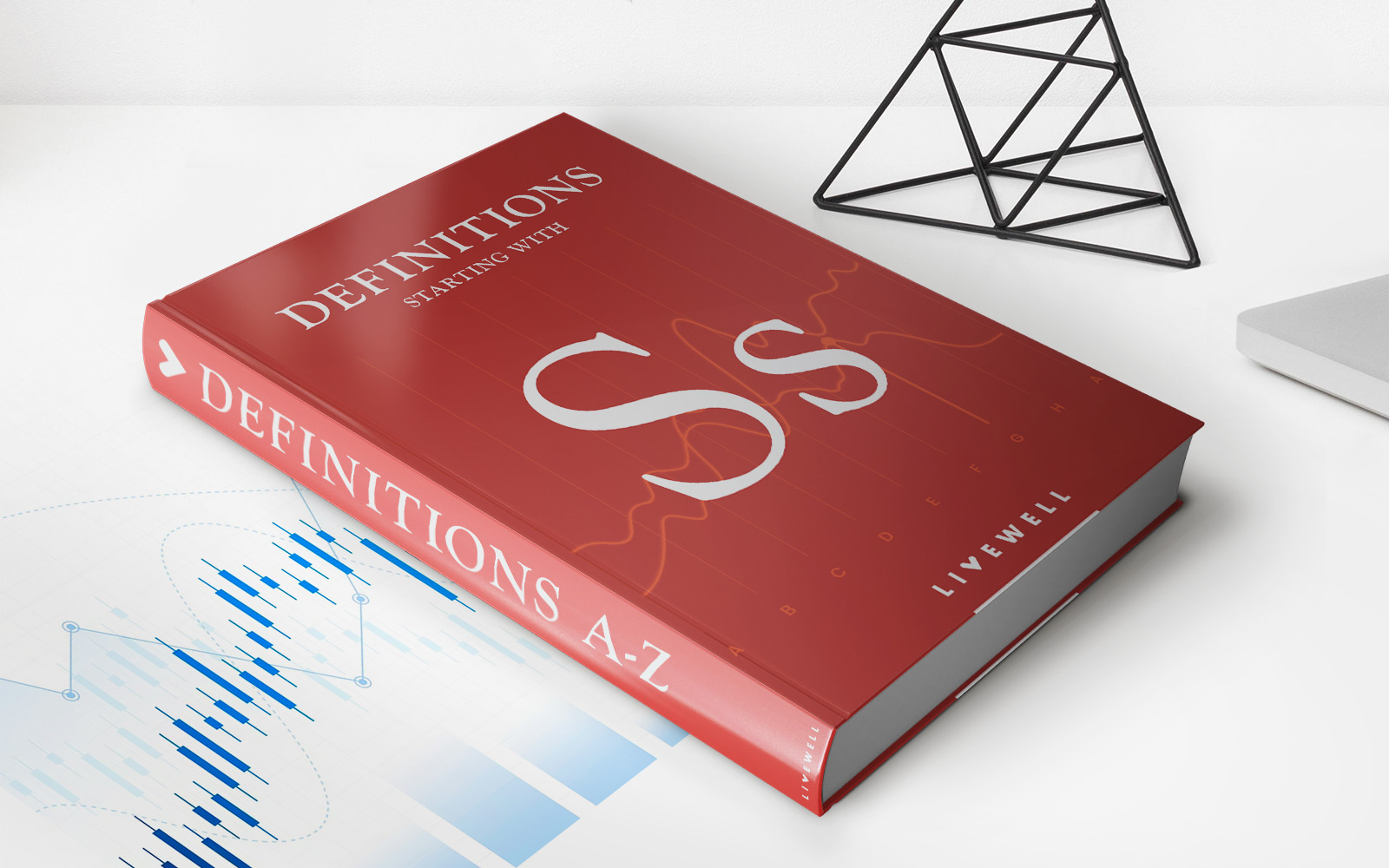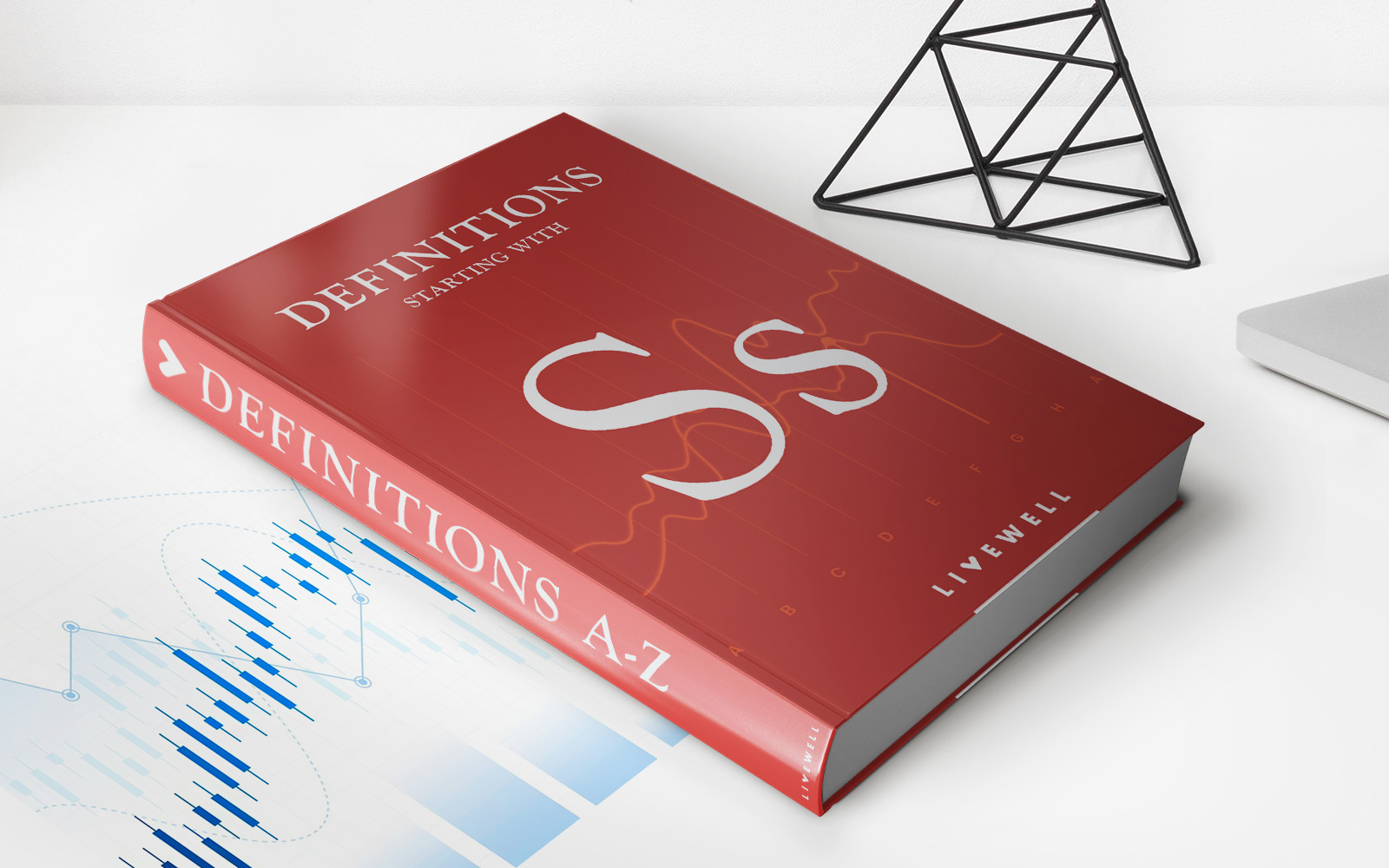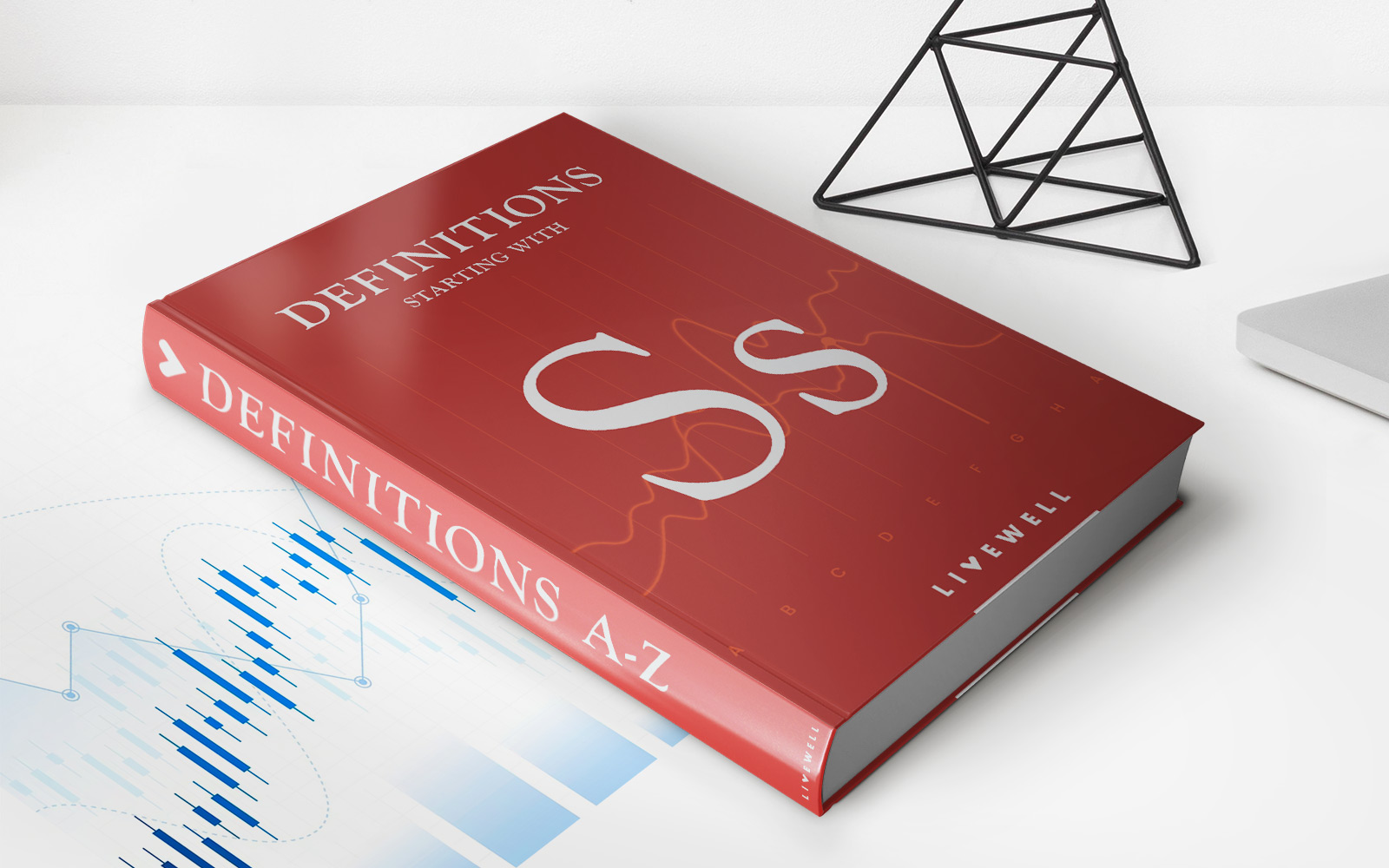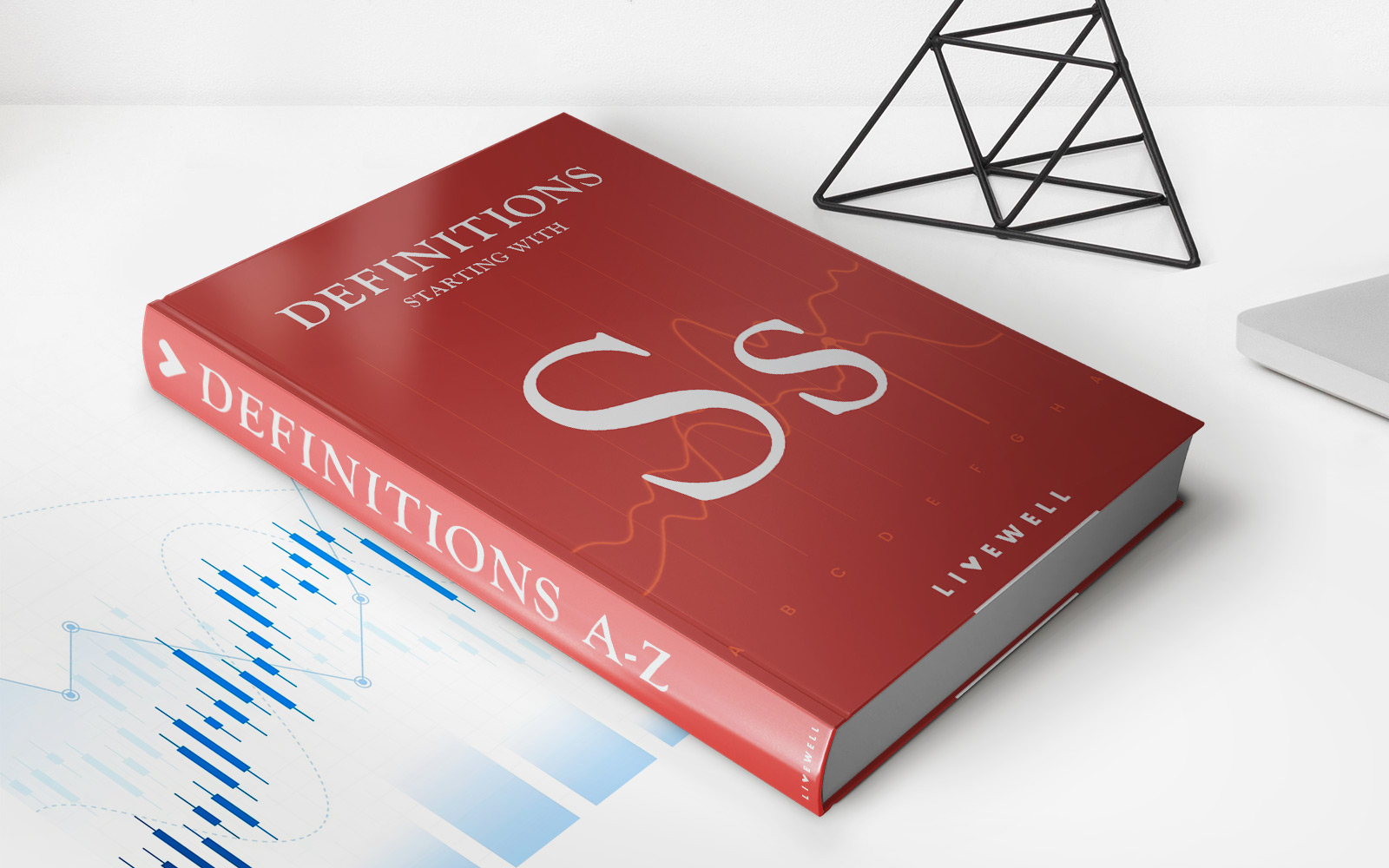Home>Finance>SEC Form 10: Definition, Uses, Components, And How It’s Filed
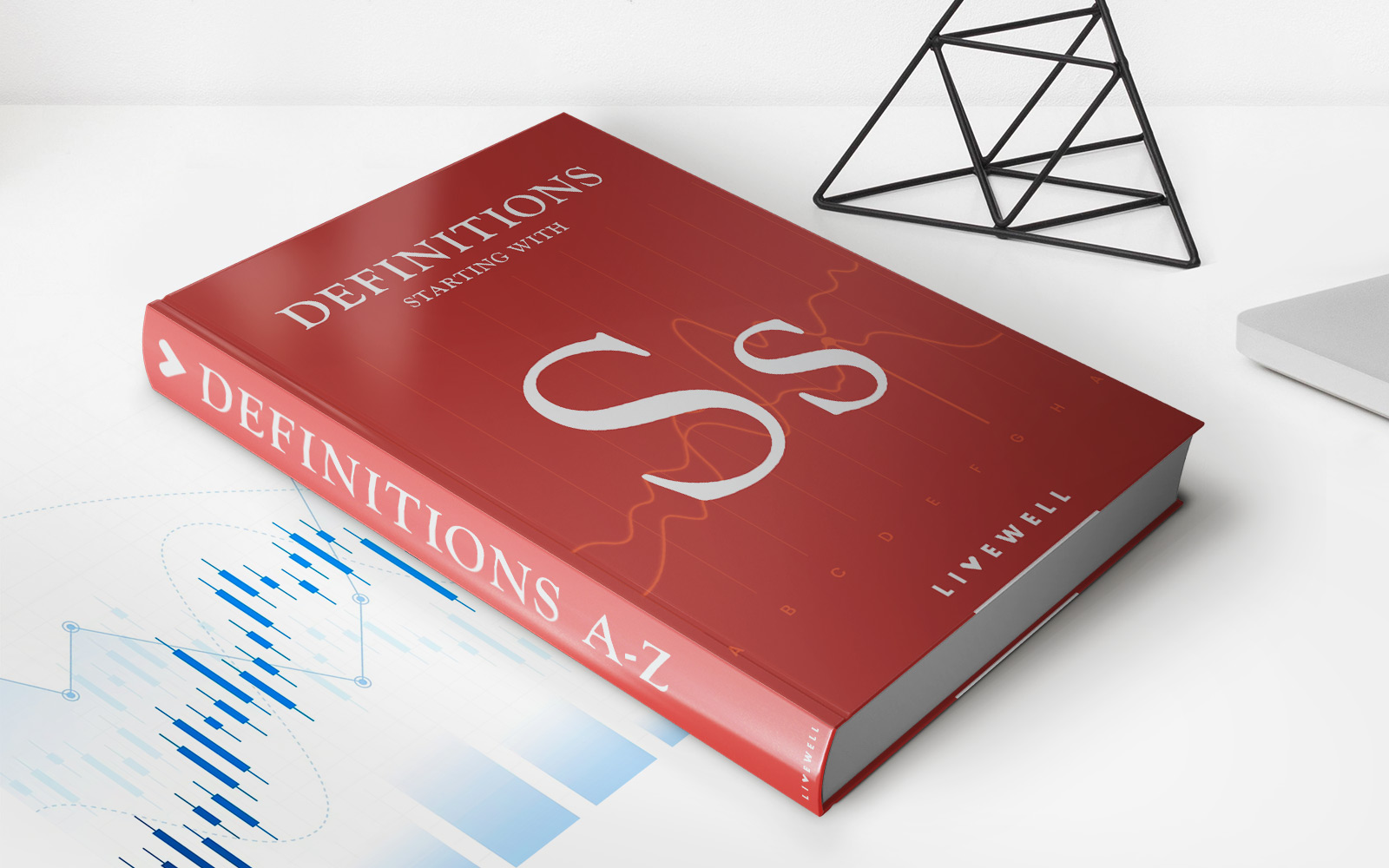

Finance
SEC Form 10: Definition, Uses, Components, And How It’s Filed
Published: January 24, 2024
Learn about SEC Form 10 in finance - its definition, uses, components, and filing process. Stay informed and compliant with this crucial financial document.
(Many of the links in this article redirect to a specific reviewed product. Your purchase of these products through affiliate links helps to generate commission for LiveWell, at no extra cost. Learn more)
Understanding SEC Form 10: Definition, Uses, Components, and How It’s Filed
Finance is a vast field with multiple complexities, and staying informed is key to making sound financial decisions. If you are venturing into the world of investments, it’s important to have a solid understanding of the various regulations and requirements. One such requirement is SEC Form 10. In this blog post, we will explore what SEC Form 10 is, its uses, components, and how it’s filed.
Key Takeaways:
- SEC Form 10 is a filing document required by the U.S. Securities and Exchange Commission (SEC) for companies looking to register their securities and become publicly traded.
- It includes important information about the company’s financials, operations, and management, providing potential investors with valuable insights.
What is SEC Form 10?
SEC Form 10, also known as the General Form for Registration of Securities, is a comprehensive filing document that companies submit to the SEC when they intend to become publicly traded. This form is filed under the Securities Exchange Act of 1934, which requires companies to disclose essential information to protect investors and promote transparency in the market.
By filing SEC Form 10, companies provide potential investors with crucial details about their operations, financials, management, and risks. This gives investors the information they need to make well-informed decisions before purchasing securities.
Components of SEC Form 10:
Filing SEC Form 10 involves providing a range of information about the company. Here are some key components you can expect to find in this filing:
- Business Description: This section requires companies to provide a detailed description of their business operations, including their products or services, markets served, competitors, and any recent developments that may impact the business.
- Financial Statements: Companies must include audited financial statements, including balance sheets, income statements, and cash flow statements. These statements provide insights into the company’s financial health and performance over a specified period.
- Management and Key Personnel: This section highlights the company’s management team and key personnel, including their background, qualifications, and experience. It gives investors an understanding of the team’s capabilities and expertise to lead the company.
- Risk Factors: Companies must disclose the potential risks and uncertainties that could affect their business operations and financial performance. This section includes factors such as industry risks, regulatory risks, and market risks.
- Legal Proceedings: If the company is involved in any litigation or legal proceedings, it must be disclosed in this section. This helps investors evaluate any potential legal risks or liabilities the company may face.
How is SEC Form 10 Filed?
Filing SEC Form 10 involves a comprehensive process that requires careful attention to detail. Here are the general steps involved in filing this form:
- Gather Information: Companies need to collect all the necessary information required for the filing, including financial statements, business descriptions, and management details.
- Prepare the Filing: The gathered information is then compiled and organized to create a complete SEC Form 10 filing.
- File Electronically: The completed form and all supporting documents are electronically submitted to the SEC via the Electronic Data Gathering, Analysis, and Retrieval (EDGAR) system.
- Review by the SEC: The SEC reviews the submitted form and may request additional information or clarification if needed.
- Effective Date: Once the SEC approves the filing, the company becomes publicly traded, and its securities can be offered to the public.
It’s important to note that filing SEC Form 10 is a complex process, and companies often seek assistance from financial professionals or legal experts to ensure compliance with regulatory requirements.
The Importance of SEC Form 10:
SEC Form 10 is a crucial document that plays a significant role in investor protection and promoting transparency in the financial markets. It allows potential investors to make informed decisions by providing them with essential information about a company’s financial health, operations, and management.
For companies, filing SEC Form 10 is a strategic move to gain credibility and access capital from the public markets. By becoming publicly traded, companies can broaden their investor base, raise funds for growth and expansion, and enhance their overall market presence.
In conclusion, SEC Form 10 is an essential filing document that bridges the gap between companies and potential investors. By providing comprehensive information, it ensures transparency, protects investors, and fosters growth in the financial markets.
